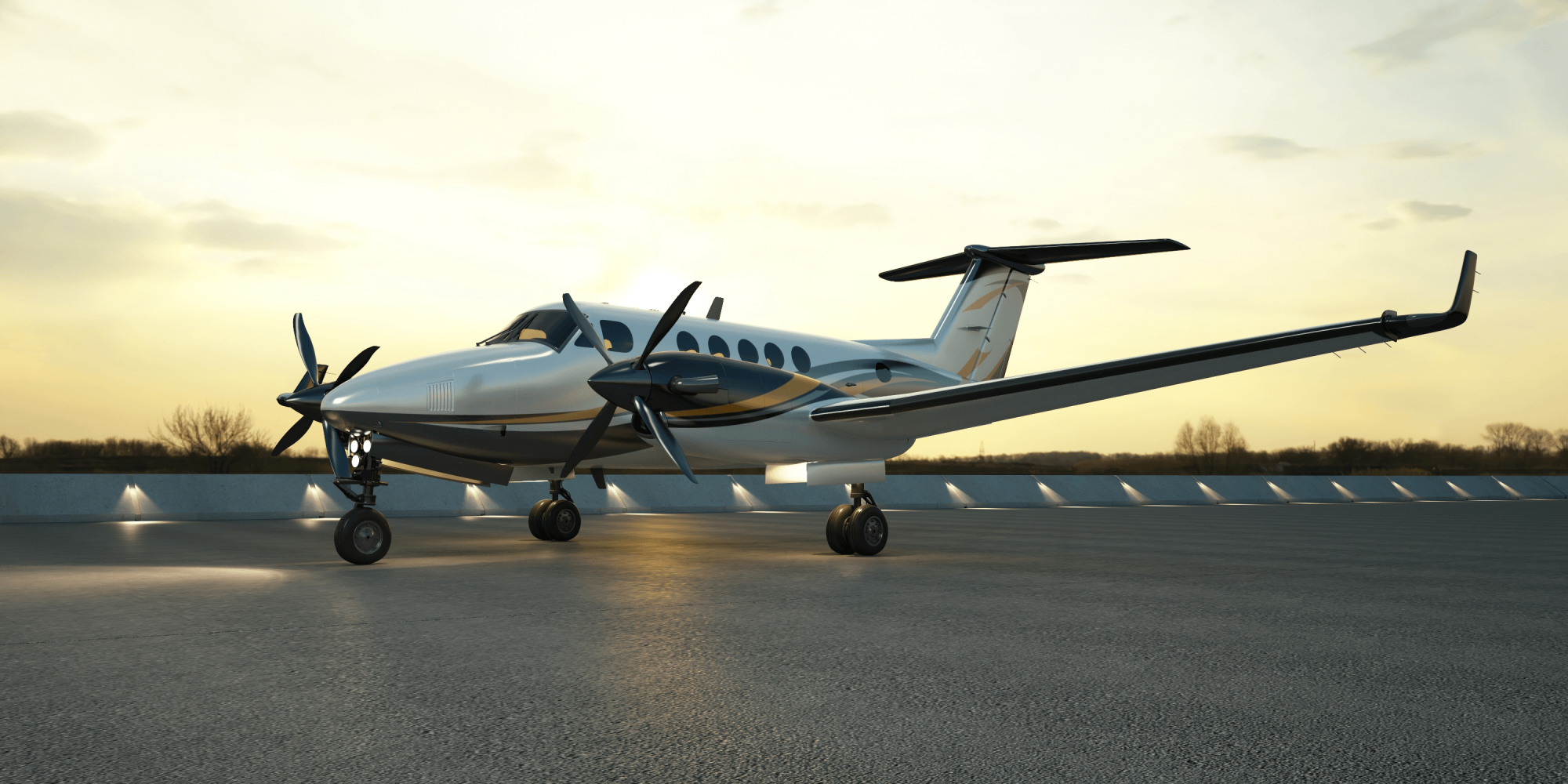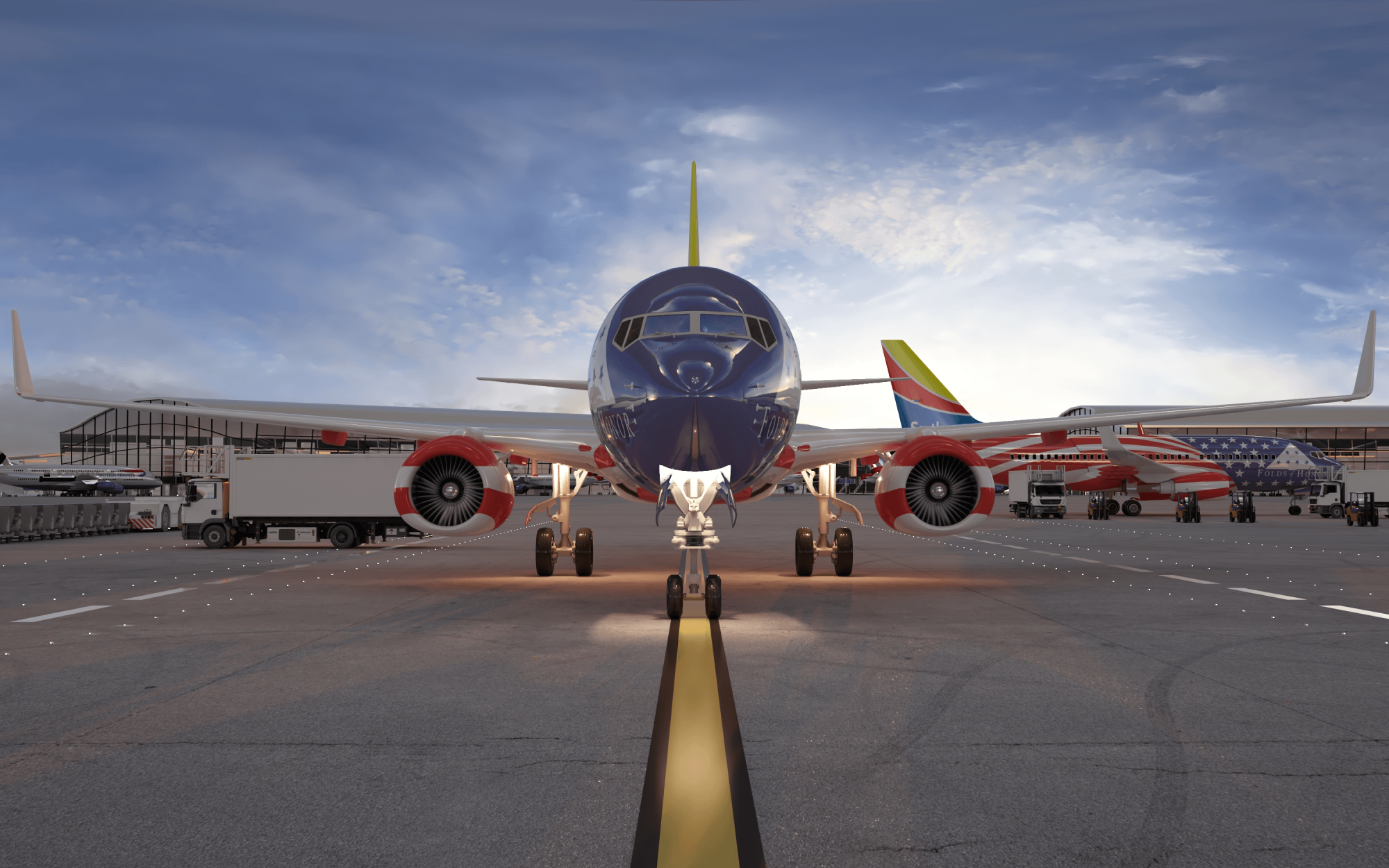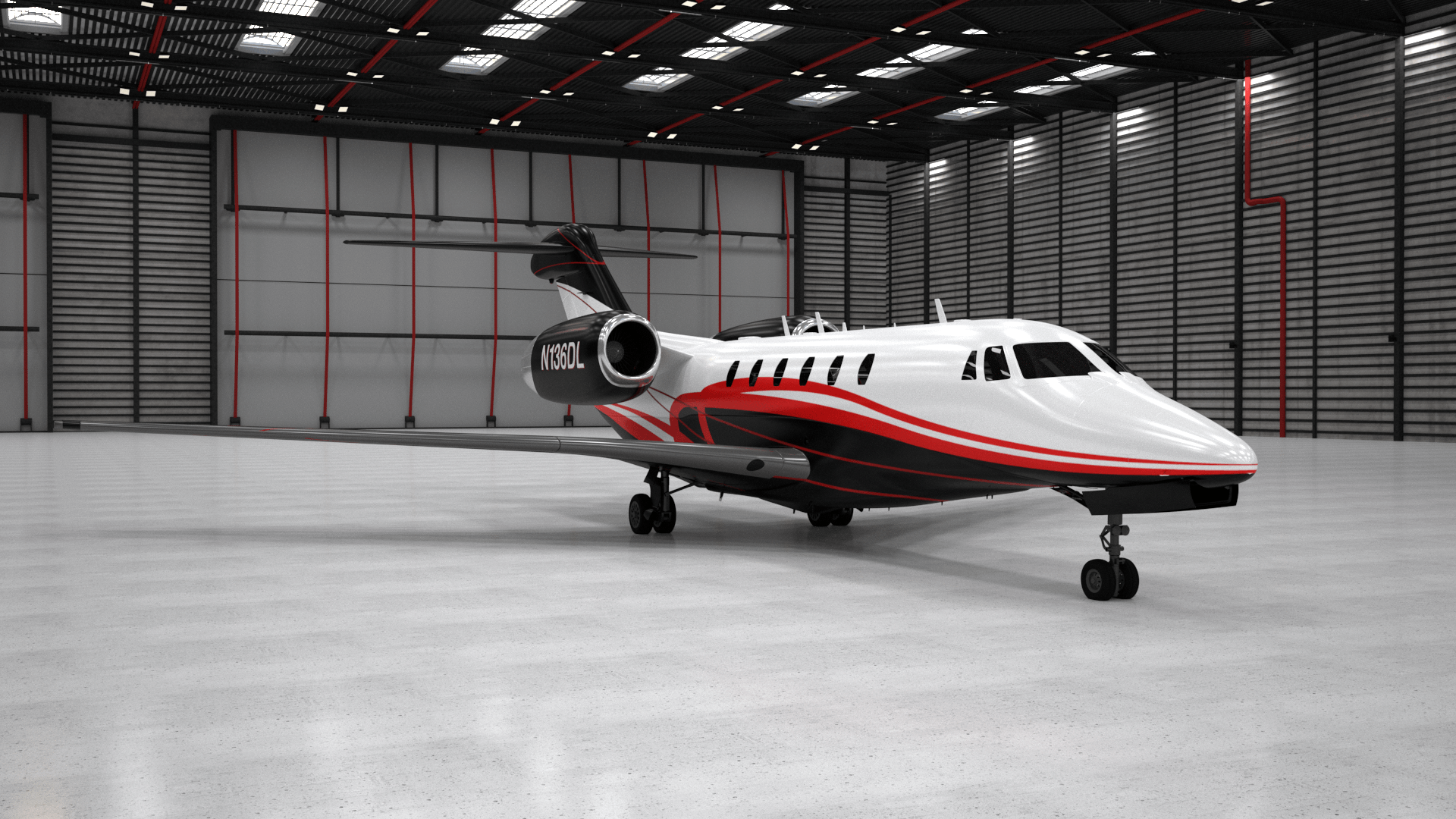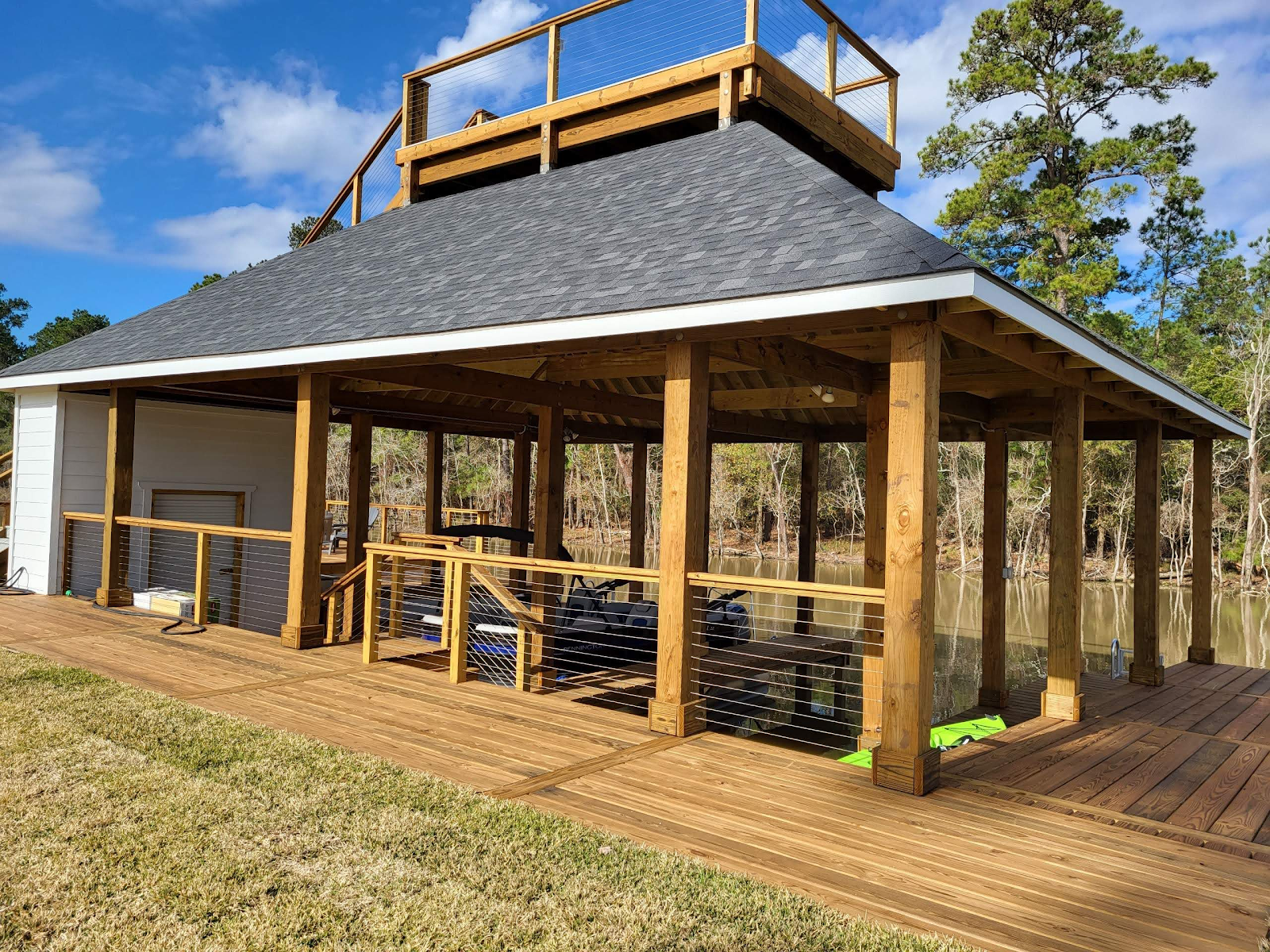Aircraft 3D Paint Design: Elevating Aviation Aesthetics
In the realm of aviation, where form meets function, the significance of aircraft paint design cannot be underestimated. The evolution towards 3D design technology has revolutionized the process, allowing for unparalleled creativity and precision in crafting aircraft exteriors that not only represent brands but also enhance visibility and recognition.
Significance of Aircraft Paint Schemes
Aircraft paint schemes serve as more than just a protective coating; they are a visual representation of brand identity. Whether it's a commercial airliner, private jet, or specialty aircraft, the paint scheme conveys a sense of uniqueness and belonging. A well-designed paint scheme enhances visibility and ensures the aircraft stands out amidst a sea of sky.
Transition to 3D Design
Traditionally, aircraft 3D paint design relied on 2D sketches and physical mock-ups. However, the adoption of 3D visualization tools has transformed the landscape. Designers can now create intricate and realistic renderings of paint schemes, allowing clients to visualize the final product with unprecedented accuracy.
Benefits of Aircraft 3D Paint Design
Embracing 3D design technology in aircraft paint design brings numerous advantages. Firstly, it enhances visualization and realism, enabling clients to make informed decisions about colors, patterns, and finishes. The iterative design process facilitated by 3D tools ensures that modifications can be made swiftly based on client feedback, resulting in a more efficient and tailored design process.
Collaboration in the Design Process
Successful aircraft 3D paint design is a collaborative endeavor. Designers work closely with clients to understand brand objectives, corporate identity, and operational requirements. This collaboration ensures that the final paint scheme not only looks appealing but also aligns with technical considerations such as aerodynamics and maintenance.
Key Considerations in Paint Design
When developing aircraft paint schemes, several key considerations come into play. The paint scheme should reflect the brand's identity and values, incorporating colors and graphics that resonate with the target audience. Durability and maintenance are also vital factors, with materials selected based on weather resistance and ease of cleaning. Furthermore, compliance with aviation regulations ensures safety and visibility in all conditions.
Future Trends in Aircraft Painting
Looking ahead, the future of aircraft painting is bright with innovation. Emerging technologies such as adaptive coatings and sustainable paint materials are reshaping the industry, offering new possibilities for creativity and environmental stewardship. The focus is shifting towards eco-friendly solutions that minimize the environmental impact of aircraft painting processes.
Conclusion
In conclusion, aircraft 3D paint design represents a harmonious blend of artistry and functionality. By leveraging advanced 3D design tools, designers can transform aircraft exteriors into captivating works of art that embody brand identity and elevate aviation aesthetics. As the aviation industry continues to evolve, the role of 3D design in aircraft paint schemes will remain instrumental in shaping the skies with creativity and innovation.






Comments
Post a Comment